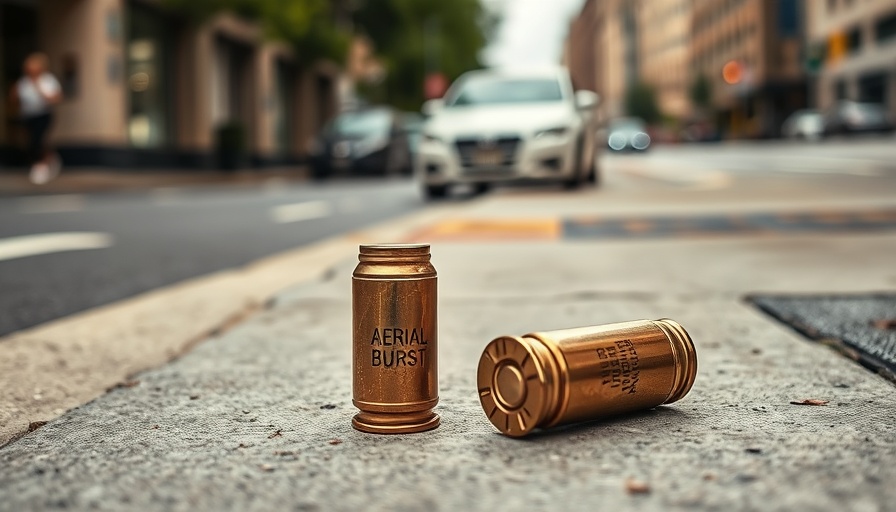
Understanding the Use of 'Less Lethal' Weapons in Protests
As protests ignite across California in response to federal immigration raids, the role of law enforcement and their tactics are under scrutiny. In efforts to control crowds, the Los Angeles Police Department (LAPD) has employed what they refer to as 'less lethal' weapons. But what does this term mean, and what implications does it have for public safety?
The Arsenal of Less Lethal Weapons
In recent weeks, LAPD has deployed several types of less lethal munitions. Contrary to the common narrative that officers rely on rubber bullets, the LAPD clarifies that they utilize foam rounds. These foam projectiles are designed to inflict pain and encourage dispersal without the lethal consequences associated with standard ammunition. According to retired police captain and weapons expert Spencer Fomby, foam rounds are similar in shape to a hard Nerf ball. They serve the dual purpose of crowd control and minimizing fatalities.
The Controversy Surrounding Less Lethal Weapons
While marketed as safer alternatives, less lethal weapons are not without risk. The reality is that there have been documented injuries and even fatalities attributed to their use. Critics argue that the term 'less lethal' can be misleading, potentially leading to an underestimation of the dangers posed. This sentiment is echoed by various human rights advocates who call for greater oversight and regulation regarding the deployment of these weapons.
Cultural Relevance and Community Impact
The use of these weapons resonated deeply within communities recently shaken by a series of protests. Local residents express a mix of frustration and fear regarding law enforcement tactics. As tensions simmer, many community members feel that the deployment of less lethal weapons symbolizes a broader systemic issue regarding policing practices. This multifaceted conversation includes discussions about racial inequities, police accountability, and community trust.
Future Trends in Law Enforcement Tactics
Looking ahead, the trend towards the use of less lethal weaponry may continue, spurring advancements in technology aimed at minimizing injury while maintaining public order. However, law enforcement agencies must also heed community concerns. Striking a balance between safety and civil liberties is paramount. Increased training for officers and clearer guidelines on when and how to deploy these weapons could be essential steps forward.
Calls for Improved Accountability
Amidst growing scrutiny, there is a rising demand for transparency regarding the use of less lethal weapons. Activists advocate for legislation that ensures accountability while also promoting community engagement in policy-making processes. Ensuring that community voices are heard in conversations about policing strategies may lead to more equitable solutions moving forward.
Conclusion: A Path Forward
The adoption of 'less lethal' weapons is a complex issue intertwined with broader societal debates about law enforcement and community safety. As Los Angeles grapples with these challenges, the focus must shift towards ensuring public accountability and fostering trust between law enforcement and the communities they serve.
In the spirit of fostering informed discussions around this important topic, it is essential for community members to engage with local leaders and participate in dialogues about policing, safety measures, and community values.
 Add Row
Add Row  Add
Add 



Write A Comment